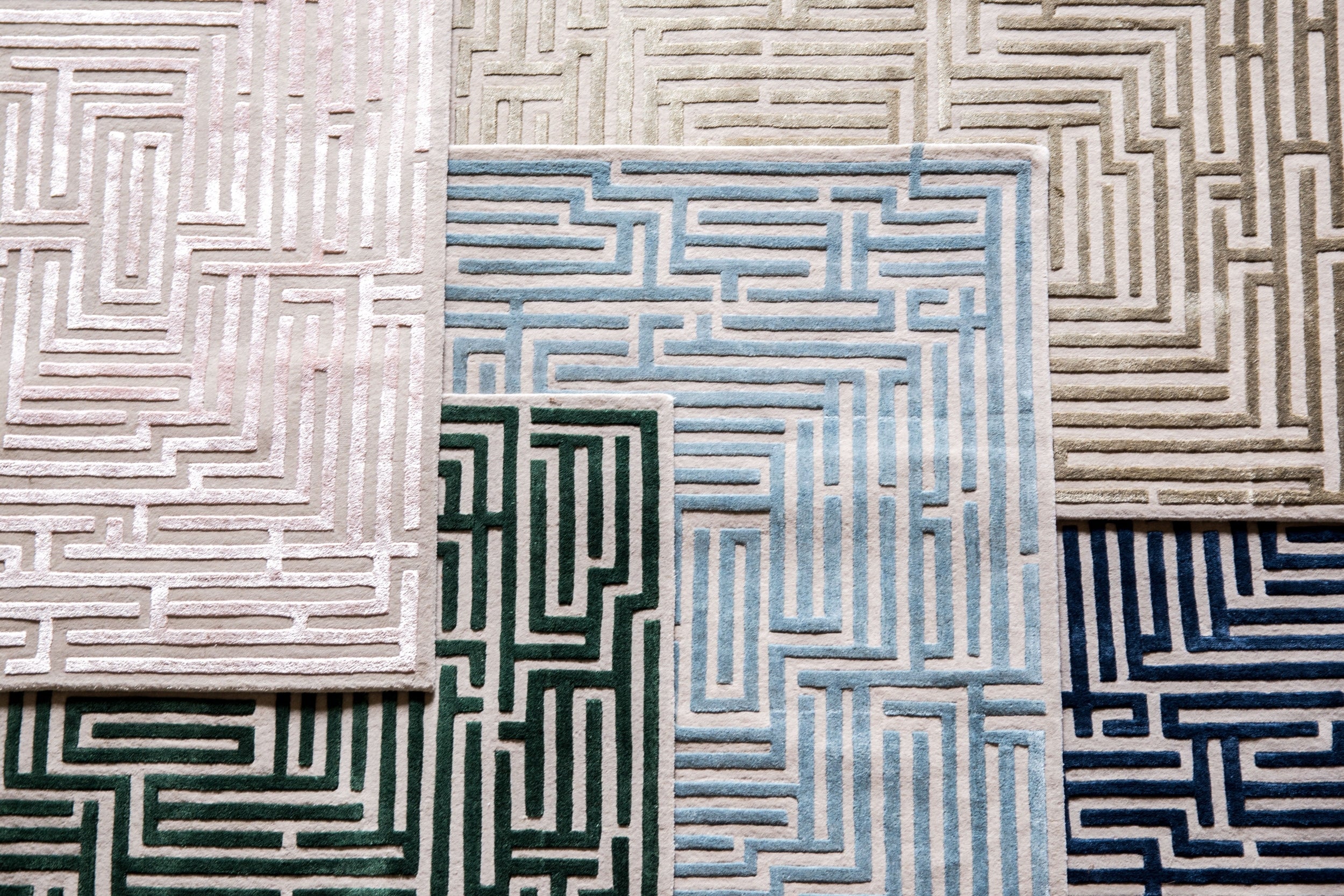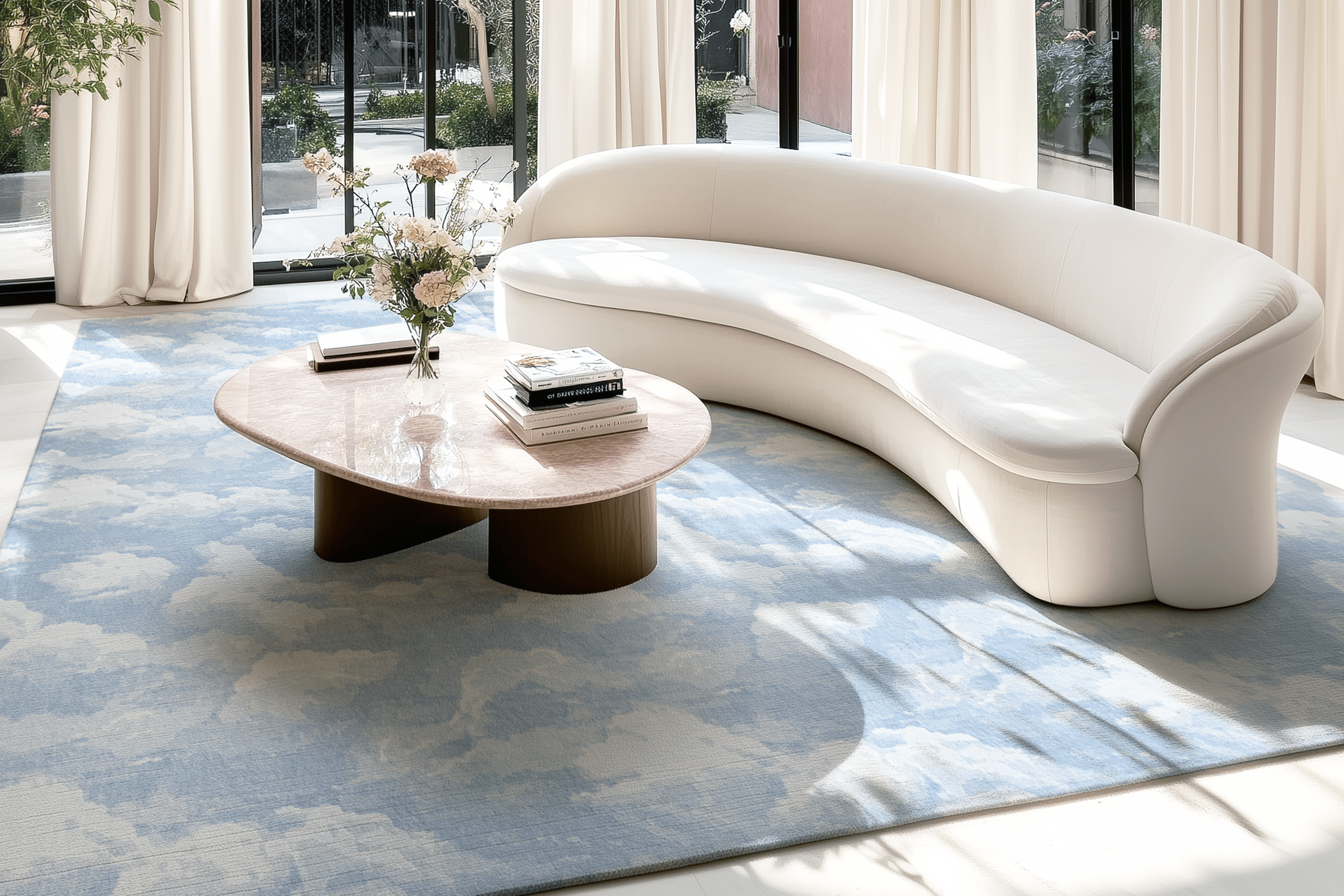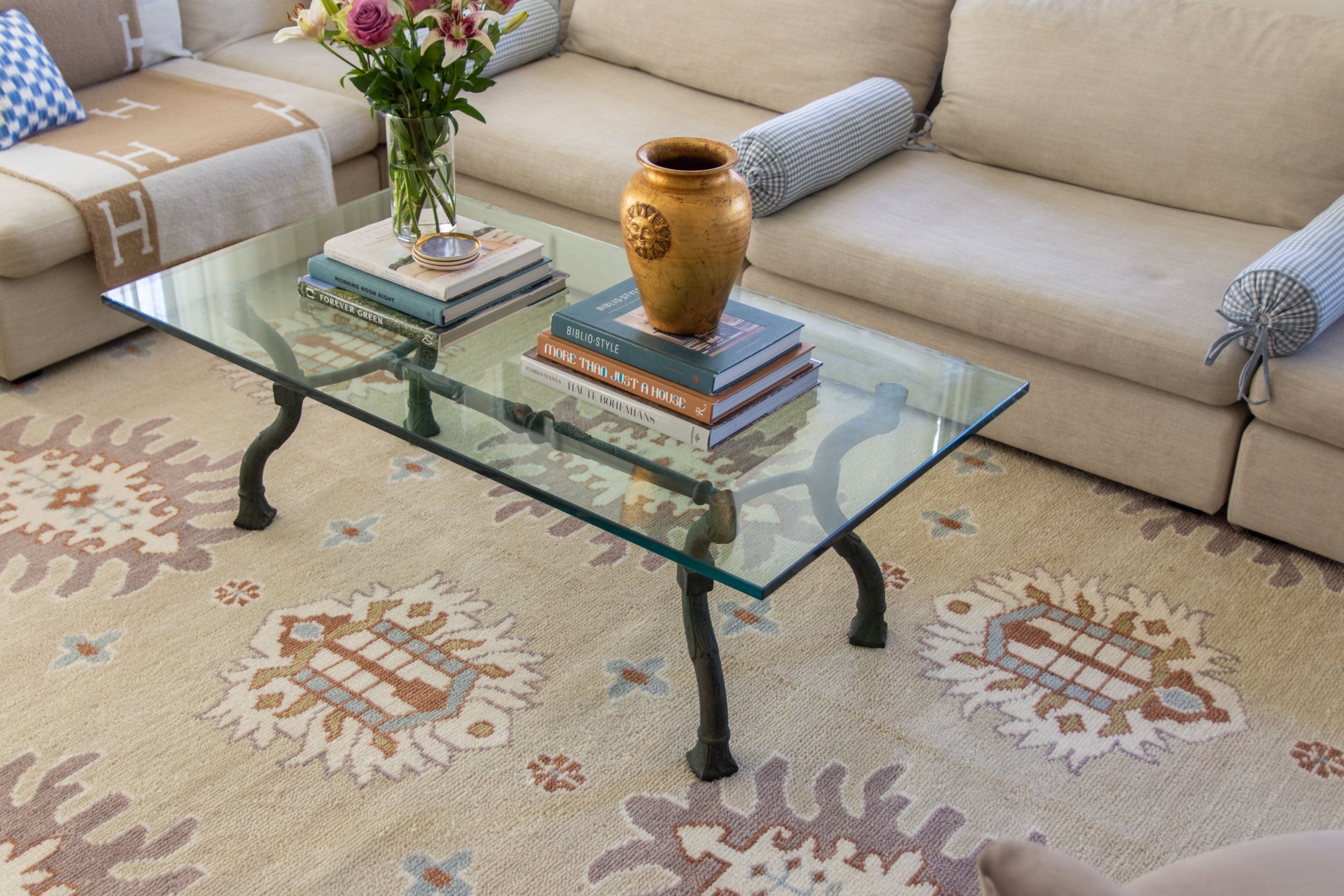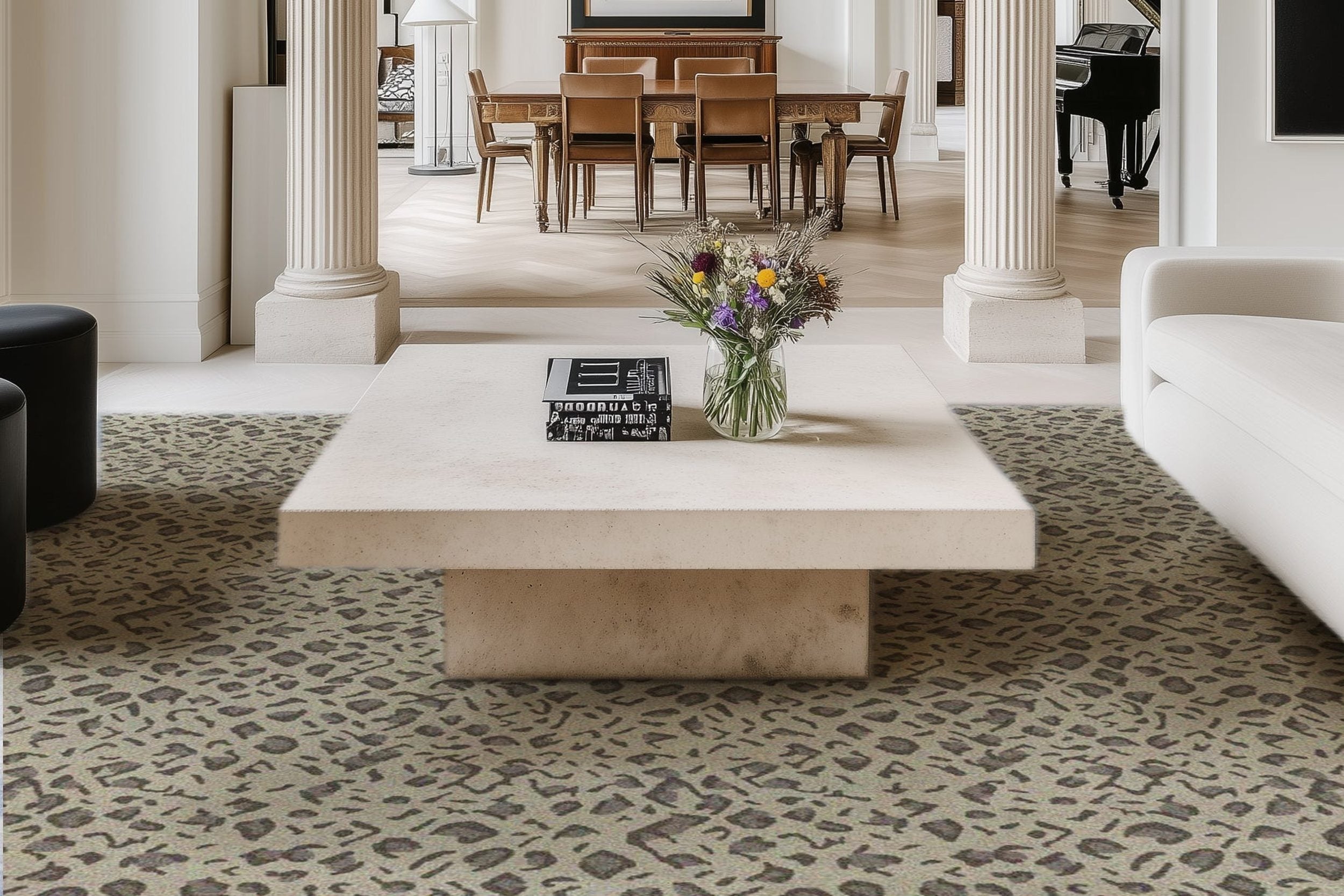Creating Durable Interiors Starts at the Top: What Designers Should Know About Commercial Roofing
 When you walk into a room, you notice the colors, the textures, and the way the space makes you feel at ease. What you rarely think about is the roof overhead, yet it quietly decides how long those details will last. Leaks, drafts, and poor insulation can undo a designer’s work faster than any trend change.
When you walk into a room, you notice the colors, the textures, and the way the space makes you feel at ease. What you rarely think about is the roof overhead, yet it quietly decides how long those details will last. Leaks, drafts, and poor insulation can undo a designer’s work faster than any trend change.
Strong interiors start from above. A dependable roof keeps light fixtures safe, protects finishes, and stops problems before they spread. For designers, paying attention to the top of the structure means every choice inside has a chance to shine for years instead of fading too soon.
Roofing System Types and Their Impact on Interior Conditions
In commercial spaces, the roof does more than shield the structure. It influences energy use, air quality, and even the comfort of employees and customers. A poorly chosen system can drive up maintenance costs, while the right one supports a healthy, long-lasting interior.
-
Flat Membrane Roofs: Provide a clean profile common in commercial buildings, but require strong drainage to avoid leaks that disrupt interiors.
-
Metal Roofing: Long lifespan and reflective surface help reduce cooling costs in offices, retail centers, and warehouses.
-
Built-Up Roofing (BUR): Multiple layers deliver waterproofing strength, limiting risks of water intrusion into workspaces.
-
Green Roofs: Improve insulation, manage stormwater, and create energy savings, while promoting healthier indoor conditions.
-
Sloped Tile or Shingle Roofs: Often used in mixed-use or retail projects, directing water efficiently to protect ceilings and walls.
Every commercial building has its own demands, and the roof sets the tone for how well the inside holds up. A busy office tower may require insulation that maintains even temperatures throughout long workdays. A retail center could benefit from a system that handles heavy rain without causing leaks that disrupt stores. Warehouses often rely on reflective materials that keep heat under control. Exploring various commercial roofing solutions allows designers to match protection with purpose, ensuring interiors remain comfortable and dependable year after year.
Material Selection: Strength, Waterproofing & Insulation
Every roof material brings strengths and weaknesses, and those choices shape how well a commercial interior performs. Some materials stand up to heavy winds, while others excel at keeping moisture out. Designers who understand these differences can make smarter decisions for the spaces below.
Metal panels, for instance, are prized for strength and durability, making them a solid choice for warehouses or industrial buildings. Membrane systems such as thermoplastic polyolefin (TPO) and ethylene propylene diene monomer (EPDM) provide strong waterproofing and flexibility, which protects office spaces from leaks and costly repairs. Insulated panels add another layer of defense, keeping heating and cooling systems from working overtime.
Insulation and vapor barriers matter as much as the outer surface. A poorly insulated roof allows heat loss in winter and overheating in summer, both of which drive up energy bills and strain interior comfort. By specifying the right combination of materials, designers protect not only the roof but every finish and fixture inside the property.
Designing Roof Details for Longevity
The small details in a roof design often decide how long the structure holds up. Even the strongest materials can fail if water collects in the wrong place or seams pull apart over time. Paying attention to these points early saves designers from costly interior damage later.
Flashing and sealants around vents, skylights, and HVAC units are common weak spots. If they fail, leaks can spread quickly and ruin ceilings, walls, or flooring. Slopes and drainage paths matter just as much. A flat roof with poor drainage can trap water, leading to ponding that shortens the roof’s life and harms the spaces below.
Safe roof access is another detail that supports longevity. Walkways or protective pads reduce wear from foot traffic during inspections or maintenance. Considering load capacity is important too, since heavy equipment or even seasonal snow can put stress on the structure. Strong detailing at every stage ensures a roof that protects interiors year after year.
Preventive Maintenance & Inspection Strategies
A roof on a commercial property can last decades, but only if it’s cared for along the way. Inspections catch problems before they spread, and small fixes are always easier than major repairs. Designers who factor in maintenance plans help their projects hold up long after the ribbon cutting.
Routine checks should look for cracks, worn sealants, and blocked drains. Even a minor tear in a membrane can let in water that damages ceilings, flooring, and expensive interior finishes. Seasonal inspections are especially valuable after heavy storms or harsh winters, when roofs are most vulnerable.
Maintenance is not only about spotting trouble. It’s also about protecting the roof from unnecessary wear. Clearing debris, trimming nearby trees, and ensuring access points remain secure all add years to the system’s life. By making inspections part of the design conversation, interiors stay dry, efficient, and safe for the people who use them every day.
Integration with Interior Design & Aesthetics
Commercial roofing may seem separate from interior design, yet the two are closely linked. The roof decides how much daylight enters, how ceilings are shaped, and even how acoustics perform in busy spaces. When designers account for these factors early, interiors function better and look more polished.
Skylights and clerestory windows brighten large retail and office spaces, reducing the need for artificial lighting. Exposed beams or sloped ceilings can add visual drama, while hidden systems provide a cleaner finish. Roofing choices also influence sound control, which is vital in restaurants, schools, or open-plan workspaces.
Cost and appearance often meet at the roofline. A system with visible structural elements may demand extra finishes, while a seamless design can streamline expenses. When roofing and interiors are planned together, the building feels cohesive, with each detail working in harmony to create a lasting impression.
Wrapping Up
Every interior depends on the roof above it. A strong, well-designed system keeps moisture out, controls temperature, and shields the finishes that make a space inviting. For commercial designers, paying attention to roofing choices is less about construction detail and more about protecting the life of their work. By collaborating with experts, selecting the right materials, and planning for upkeep, designers create interiors that remain durable, efficient, and beautiful long after opening day.
Browse by Category

Design Projects
Explore interiors from client work and personal renovations — layered, livable, and always in progress.
read more →
Collaborations
From product launches to styled spaces, discover the brand stories I’ve helped bring to life.
read more →
The Notebook
A growing archive of iconic designers, inspiring artists, and unforgettable design moments.
read more →
Travel by Design
Wander with a designer’s eye — from charming hotels and city guides to visual inspiration abroad.
read more →




